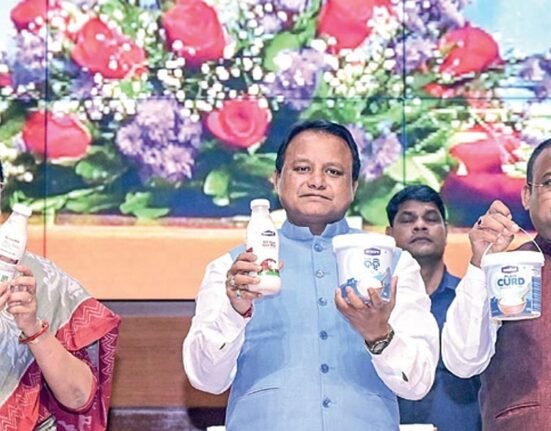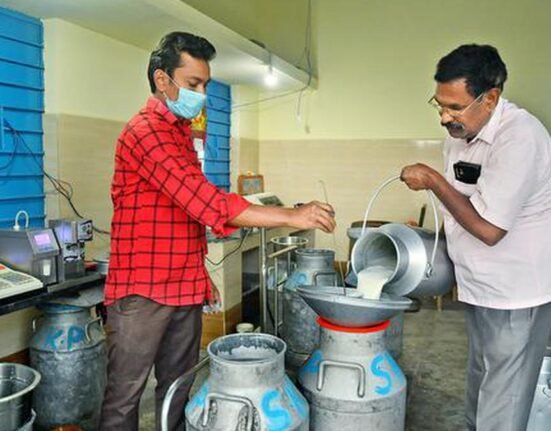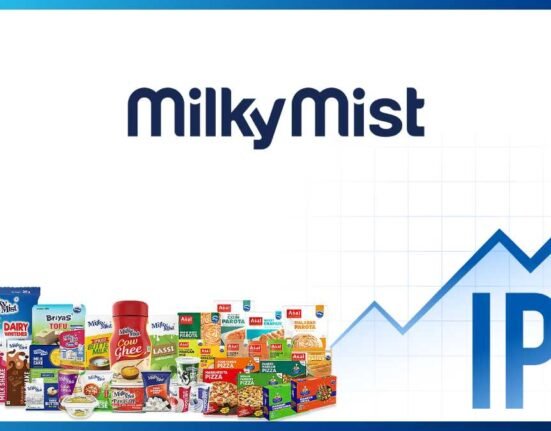Microgreens in Dairy: India Shouldn’t Ignore
As the global dairy industry evolves in response to consumer demand for health, functionality, and sustainability, a promising intersection is emerging between traditional dairy and microgreens—tiny, nutrient-rich greens harvested just days after germination. While still considered niche in the West, this convergence holds transformative potential, especially in India, where dairy is both a cultural staple and a multi-billion-dollar industry.
Now, with early-stage academic research supporting the integration of microgreens into fermented milk beverages, India’s dairy players are being presented with a rare opportunity: to lead global innovation in functional dairy rather than follow it.
Indian Lassi with Modern Twist
A recent study from the School of Agriculture at Lovely Professional University (LPU), Phagwara explored the incorporation of radish sango microgreens powder into lassi, one of India’s most traditional dairy drinks. The research revealed multiple benefits, both nutritional and commercial.
Lassi fortified with microgreens powder showed a significant increase in natural antioxidants, including phenolics, flavonoids, anthocyanins, and ascorbic acid—compounds linked to improved immunity, cellular protection, and digestive health. The study also found that the shelf life of the fortified lassi increased from 4–5 days to up to 15 days under refrigeration at 5°C.
Importantly, the fortified beverage remained economically viable, with a production cost estimated at ₹36 per 200 ml, making it suitable for scale in India’s price-sensitive markets.
This research demonstrates not just scientific viability but strong market potential for microgreens in Indian dairy applications.
Why the Indian Dairy Industry Should Pay Attention
India is the world’s largest producer and consumer of dairy, with products like curd, buttermilk, and lassi forming everyday essentials across urban and rural households. Yet, the industry is at a crossroads: faced with growing demand for health-enhancing foods, increased spoilage concerns due to logistical challenges, and rising environmental scrutiny.
Introducing microgreens into dairy beverages offers a solution across all three dimensions.
1. Functional Health and Consumer Demand
Urban Indian consumers are showing a growing preference for clean-label, nutrient-dense, and immunity-boosting foods. A lassi enriched with microgreens naturally elevates its health profile, positioning it as a functional food rather than just a traditional refreshment. With rising awareness around preventive health and wellness—especially post-pandemic—this aligns well with evolving dietary expectations.
2. Shelf Life as a Distribution Enabler
One of the biggest logistical hurdles in Indian dairy is cold chain inefficiency, particularly in tier 2 and 3 towns and rural areas. Extending the shelf life of a popular product like lassi by even a few extra days can dramatically improve distribution flexibility, reduce wastage, and unlock new markets without increasing refrigeration costs.
3. Sustainability and Local Sourcing
Microgreens are a low-input, high-output crop. They can be grown using minimal water and space, and even cultivated in recycled containers or in vertical farm settings. This makes them ideal for dairy companies seeking to strengthen their sustainability credentials or move toward circular economy practices. In fact, several Indian startups have already demonstrated how microgreens can be grown using waste materials, including used milk pouches—closing the loop from product to plant.
What the Global Market Signals
While microgreens are only beginning to appear in Western dairy-alternative products and health-focused cafés, some brands are experimenting with similar ideas.
- Urban Remedy in the US offers cold-pressed juices using microgreens for detox benefits.
- Little Leaf Farms collaborates with wellness food brands to incorporate microgreens into yogurt bowls and smoothies.
- Functional food brands like Suja and Good Culture use supergreens such as wheatgrass and spirulina, setting the stage for microgreens to follow.
However, no major global dairy player has yet commercialized microgreens in fermented milk drinks. This leaves a clear white space—one that India, with its strong dairy culture and increasing investment in food innovation, could fill first.
Path Forward for Indian Dairy Brands
To capitalize on this opportunity, the Indian dairy industry—both established giants and agile startups—can begin with:
- Collaborations with agricultural universities and food tech incubators to co-develop microgreens-enriched dairy products.
- Investments in microgreens cultivation, either in-house or through partnerships with urban farms and agri-entrepreneurs.
- Consumer awareness campaigns to highlight the nutritional benefits of microgreens and establish trust.
- Regulatory engagement with FSSAI, ensuring that all fortified products meet food safety and labeling standards.
Dairy brands like Amul, Mother Dairy, Heritage Foods, Milky Mist, and Epigamia are well-positioned to explore this frontier—not just to tap into health trends but to expand shelf presence, reduce spoilage, and drive long-term value through innovation.
India Can Lead, Not Follow
India has the ingredients—literally and figuratively—to lead the global dairy industry in microgreens-based innovation. Lassi, curd, and buttermilk have cultural equity, national distribution, and consumer loyalty. Microgreens add the modern edge: nutrition, sustainability, and functionality.
By merging traditional dairy with modern food science, India’s dairy industry could create not just a new product category, but a new chapter in how the world views indigenous beverages.
The question is no longer whether microgreens belong in dairy—but which Indian company will be the first to bring it to market at scale.







